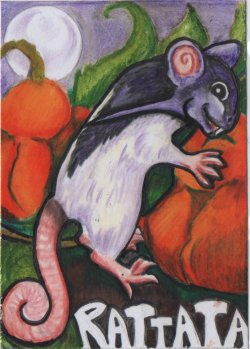Pokemon Go hit the “store” a couple of days ago, and it has been taken up, with great enthusiasm, by many of my (equally “grown up”) peers. Even my husband, who never watched the show and never shared my enthusiasm, has taken up the ranks of Pokemon Trainer. I’ve even purchased a data plan on my phone (there’s only so many Pokemon you can lure to your house using incense, after all). We’ve a gym at our corner, two Pokestops within easy walking distance and a shopping mall filled with rattata, zubat and pidgey at our disposal.
Anyway, in line with this recent resurgence of the little pocket monsters, I thought it might be fun to dig out some of my illustrations from my “draw ’em all” phase in 2008 (I didn’t draw them all, but did get through an awful lot) and one from 2011. You can probably spot the latter one!
Missing that I captured today are Slowpoke, Koffing, Weedle and Zubat, whom I appear not to have drawn. Maybe I should remedy that!
Here is also a clear example of how art improves with practice! Who thinks I should draw all my Pokemon again? Comment below (suggestions welcome)!
(Note: The sheep is a fan-pokemon, I think his name was Lambert. He was drawn for a trade. I should draw Pidgey again, shouldn’t I?)
Now, off to charge my phone, so I can catch some more!









